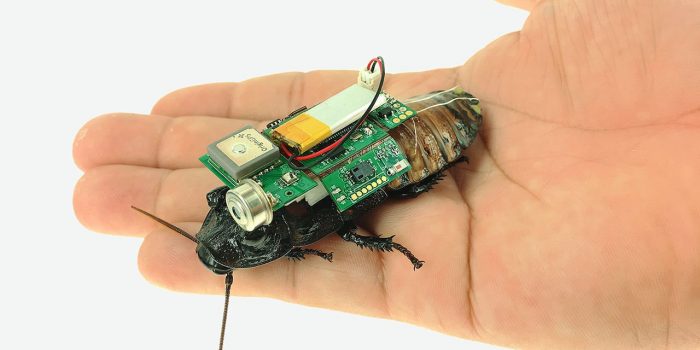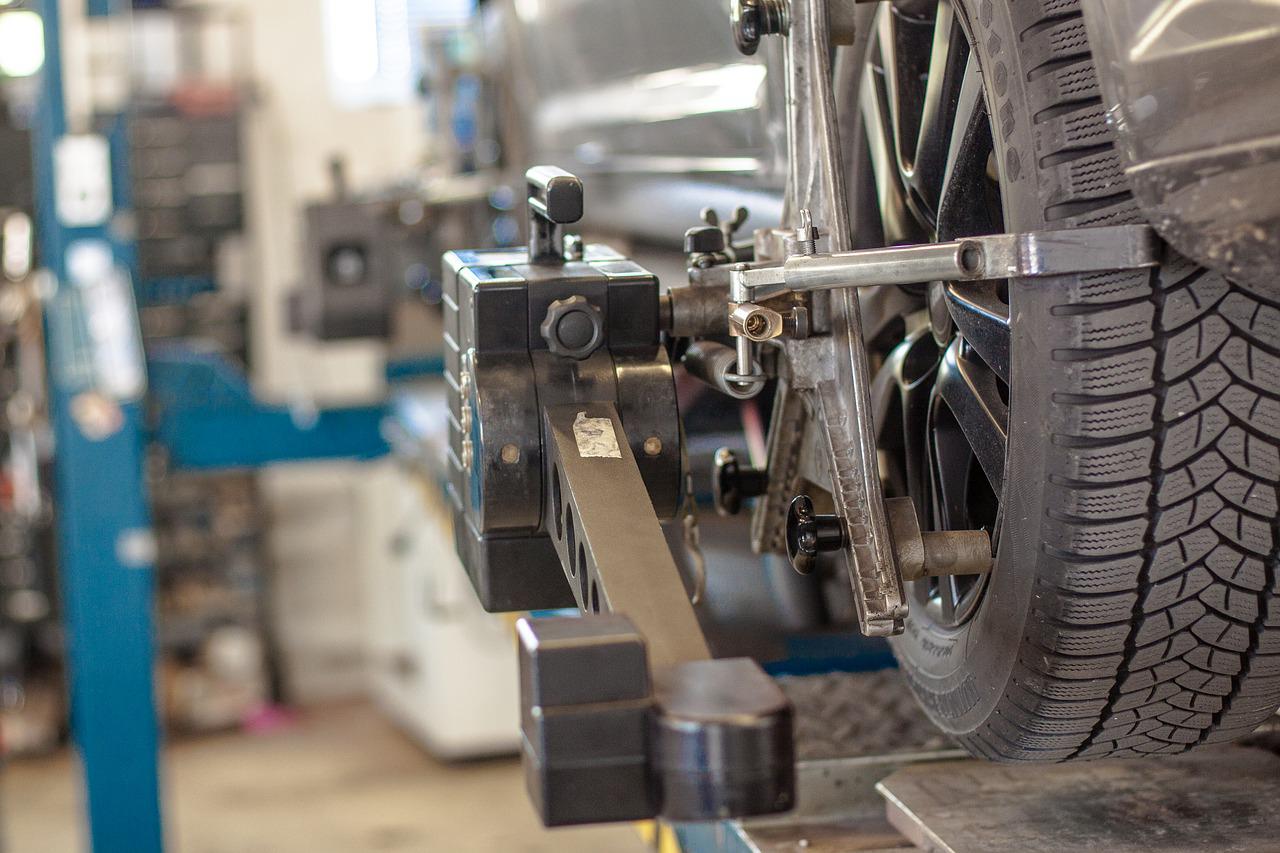Advancements in Geotechnics & Civil Engineering Testing
As construction companies get ready to build large projects, especially in urban areas, geotechnical instruments help designers, engineers, and contractors assess a project’s footprint and monitor it before, during, and after construction or installation. Geotechnical instruments are used to record and control work and safety. The two main types of geotechnical instruments include “displacement dominated systems” and “stress recording systems” that take measurements in readings on project background materials such as soils and their mechanics.
Today’s leading geotechnical instrument technology uses laser scanning for surveying and fiberoptics so that data can be recorded and used in analysis. Because the technology is swiftly changing, geotechnical conferences and exhibitions, such as Geotechnica 2017 in the UK, are becoming more common.
Managing Geohazards with Geotechnical Instruments
Geotechnical instruments, including magnetometers, which measure the earth’s local magnetic fields, are also commonly used in mining, bridge design, and many other fields. Take, for example, the building of a subway. There are many problems to solve, and accurate data is critical to reliable and innovative solutions.
The following video, “Dams Safety and Monitoring,” explains why dam monitoring is important and the types of problems that can be encountered after construction is complete.







